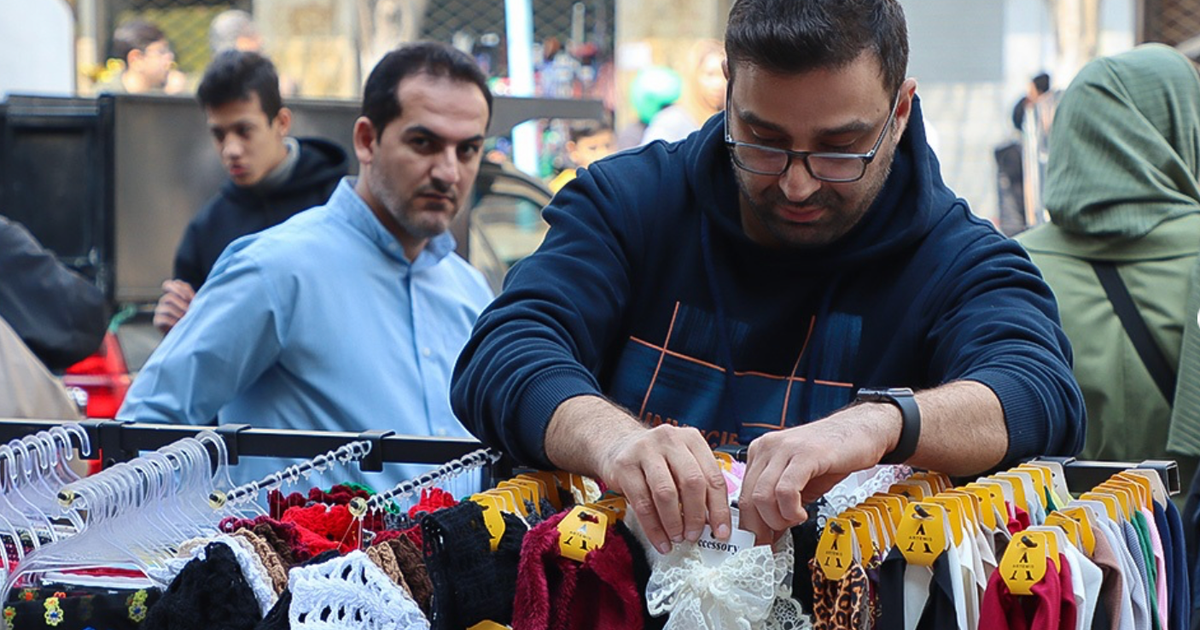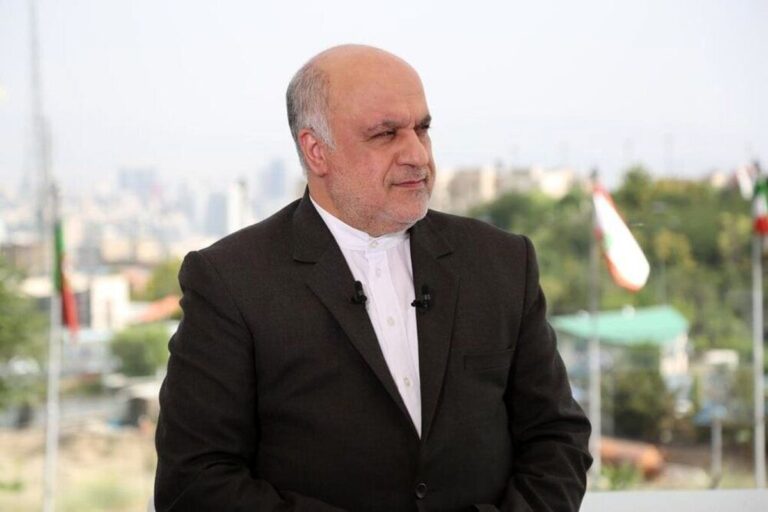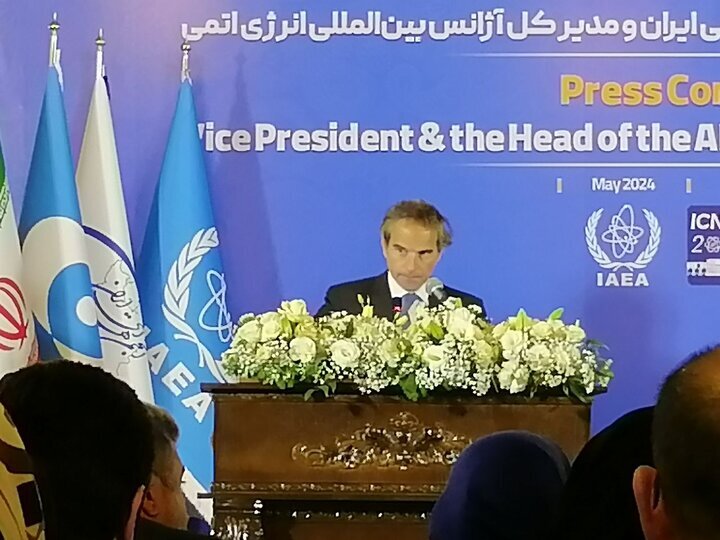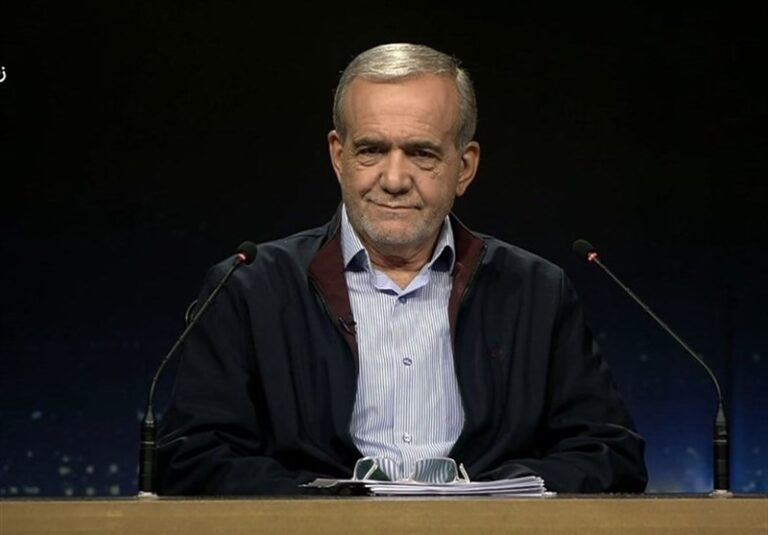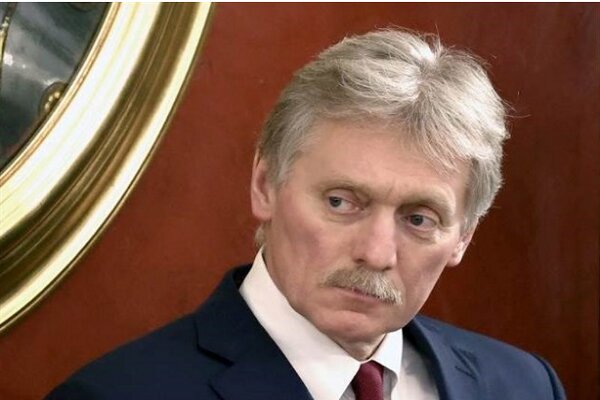Iran Prioritizes Military Pay Amid Looming War, Leaving Citizens to Struggle
Ordinary Iranians are currently facing severe economic hardship as tensions escalate between their Islamic government and long-standing adversaries, particularly Israel and the United States. This situation is compounded by Tehran’s decision to prioritize military expenditures, which is impacting the overall quality of life for its citizens. According to Mohamad Machine Chian, a senior researcher at the Center of Governance and Markets at Pittsburgh University, “It is a real tragedy.”
Chian elaborates that the quality of life for Iranians has been steadily declining over the past few years, with the last year being particularly disastrous. The Iranian government has been focusing more on funding the Islamic Revolutionary Guard Corps (IRGC) and military operations instead of enhancing the welfare of its populace. This has resulted in dire economic conditions for many families.
- Since President Masoud Pezeshkian took office, the Iranian currency has lost half its value.
- Unemployment rates have soared above 70%, leaving millions unable to afford basic necessities.
- Inflation has risen above 40%, with food prices increasing by up to 100% in some instances.
As the economic crisis deepens, ordinary Iranians are expected to experience even more significant hardships. Machine Chian criticizes President Pezeshkian for missing vital opportunities to address the growing crisis, specifically by not including a welfare plan in the national budget.
“One such opportunity was that President Pezeshkian could have structured next year’s budget in a way that would convince the Islamic Republic’s powers to at least pause military spending increases for a year,” Machine Chian commented. “This could have deescalated the situation.” He emphasizes that during such a crisis, the focus should have been on basic necessities rather than military spending, stating, “But he prioritized the IRGC.”
In a notable development, Iran has implemented a staggering 200 percent increase in military spending for the Persian year that began this month. The government plans to generate additional revenue through higher taxes, despite facing a significant budget deficit and a struggling currency.
The Severity of the Economic Crisis
The current economic situation is reportedly the worst Iran has faced since the establishment of the Islamic Republic. Mahdi Ghodsi, an economist at the Vienna Institute for International Economic Studies, asserts that the economy was in a better state even during the eight-year conflict with Iraq. He described the current conditions as “the worst situation, the worst condition, the direst condition that Iran has ever experienced.”
Ghodsi attributes this economic collapse to various factors, including Iran’s aggressive regional posture as a strategy for preserving its ruling authority. “It’s a dark comedy,” he said. “Leaders of Iran are entangled in a situation marked by a lack of coherent policy because their sole objective is survival, which they believe requires escalating tensions and initiating conflicts with other nations.”
Impact of Oil Revenue on Iran’s Economy
The potential for a military conflict with the United States or the uncertainty surrounding a new nuclear agreement is further exacerbating the economic crisis. Since President Trump took office, the Iranian rial has depreciated by an alarming 80,000. The U.S. administration has imposed sanctions targeting Iran’s vital oil industry, which includes restrictions on Chinese “teapot refineries” processing Iranian crude oil.
US Secretary of the Treasury Scott Bessent recently advised, “If I were an Iranian, I would get all my money out of the rial now.” The Iranian state heavily relies on oil exports, but at the current export rates, the revenue generated is insufficient to meet even basic pension obligations, as highlighted by Machine Chian.
- Iran’s oil exports reached $54 billion in 2024, a slight increase from $53 billion in 2023.
- Export volumes averaged 1.5 million barrels per day, according to the US Energy Information Administration.
- However, President Trump has signed an executive order aimed at reducing Iran’s oil exports to zero.
Both Ghodsi and Machine Chian believe that while global markets may withstand such a reduction, the impact on Iran’s economy would be devastating. Iran is currently attempting to stabilize prices for basic goods and services by injecting U.S. dollars into its economy. However, if oil exports were to cease entirely, the government would lack sufficient foreign currency reserves, triggering further inflation and an additional decline in the rial’s value.
This situation could also compromise Iran’s ability to subsidize gasoline prices. If gasoline subsidies are eliminated, both economists warn of a potential spike in prices this summer. Such a rise could lead to widespread protests akin to those witnessed in November 2019, which erupted following a sudden fuel price increase and quickly morphed into broader anti-establishment demonstrations, resulting in hundreds of deaths and over 7,000 arrests.
Machine Chian and Ghodsi assert that any substantial change in Iran’s leadership cannot occur without strong support from the Iranian populace. As the specter of war looms and the potential for a nuclear deal remains uncertain, the rial may continue its downward spiral. The combination of rising inflation and economic distress is likely to fuel public discontent, while ongoing tensions keep diplomatic and military risks at a high level.
For further insights, you can watch the full episode of Eye for Iran on YouTube or listen on popular podcast platforms such as Spotify, Apple, and Amazon.
